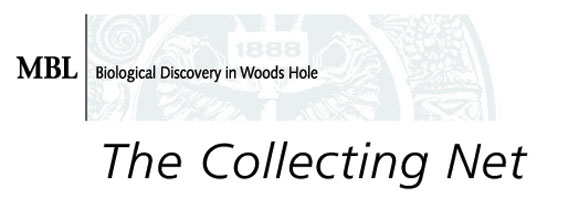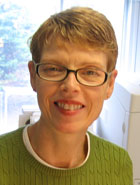| |

Spring 2009, Vol. 5, No. 1 | Back Issues
Back to index
 Message from the Equal Employment Opportunity Coordinator Message from the Equal Employment Opportunity Coordinator
Diversity Programs at Work
With the inauguration this year of our first African American President and the diversity of his cabinet (five Women, two African Americans, two Hispanics, and two Asian Americans), there is no better time than now to reflect on diversity programs and their impact.
In the 1960s, the Civil Rights Movement compelled the Federal government to create affirmative action programs that were designed to make amends for wrongs done in the past to Americans because of their race or sex. These programs tracked numbers and kinds of employees to ensure that minorities and women were no longer underrepresented in the workforce. The Equal Employment Opportunity Commission (EEOC) was created in 1965 to identify and eliminate discrimination in employment by making sure that affirmative action programs were implemented. These programs still exist today to ensure accountability, and as a recipient of federal funds, the MBL actively participates. Our current goals for representation can be found on the MBL website in the “Information for Supervisors” section of the Staff Toolbox.
In the 1990s, diversity programs in the workplace began appearing. They differ from affirmative action in that they are not based on federal requirements but rather on voluntary participation. They are broader than affirmative action programs and focus less on employers’ practices and more on the work environment of the employees, including individual attitudes and behaviors. They underscore inclusion rather than exclusion. As more diversity programs have been created, their importance has become clearer.
I read recently, on several university web sites, that a diverse workforce can contribute to increased staff retention and productivity, enhance an organization’s responsiveness to an increasingly diverse world of customers, improve relations with the surrounding community, increase an organization’s ability to cope with change, and expand the creativity of an organization. These are useful attributes for the 21st century, and why the six scientific institutions in Woods Hole came together in 2004 to start a diversity program of their own.
The Woods Hole Diversity Initiative continues to expand its program. It has recently converted Diversity Day into Diversity Week and established the Woods Hole Partnership Education Program (PEP), which will give MBL scientists an opportunity to mentor college-age students this summer (see related article, right). Won’t you consider becoming part of this dynamic movement by volunteering to help MBL with diversity activities? Please contact me at eeo@mbl.edu or x7378 if you are interested.
— Jane MacNeil, x7378, eeo@mbl.edu
The Collecting Net is an employee newsletter published by the Communications Office. Comments and suggestions are welcome. Call (508) 289-7423 or e-mail us at

|